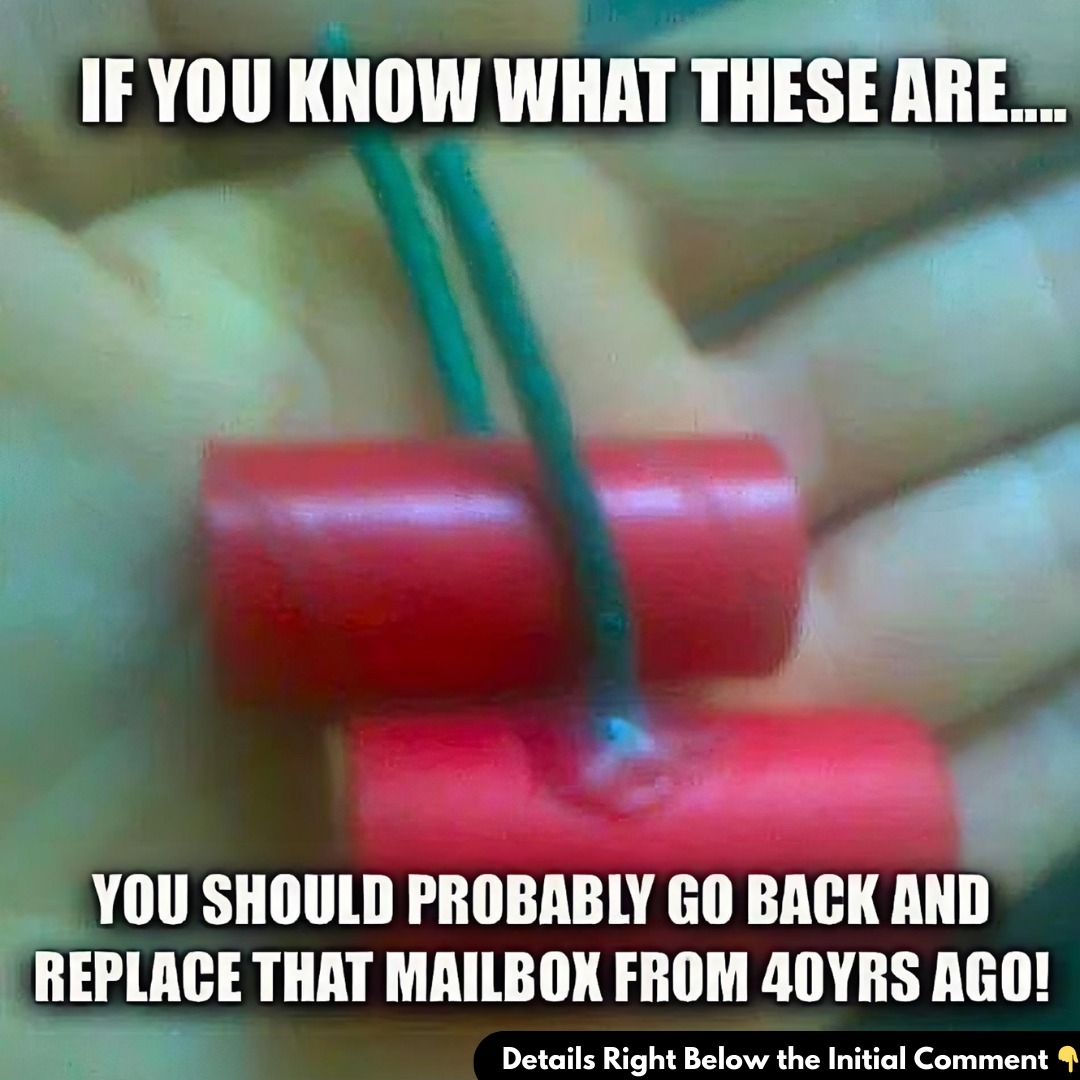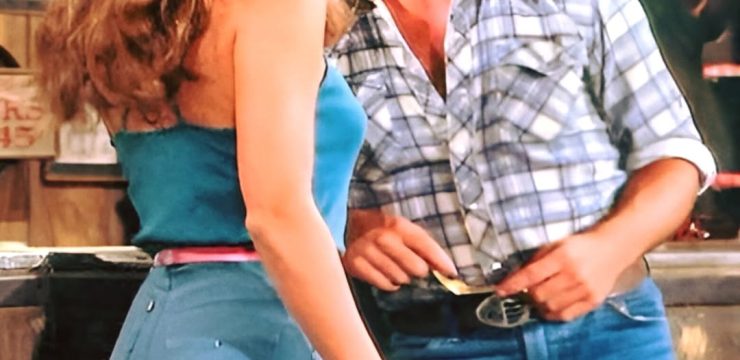M-80s are a type of powerful firecracker that originated in the United States. Initially developed in the mid-20th century for the U.S. military, these devices were used to simulate artillery fire during training exercises. The “M” in M-80 stands for “military,” while “80” refers to the 80 grains (or 5.2 grams) of flash powder inside. Over time, M-80s found their way from military use to consumer fireworks, though the consumer versions contain a lower charge for safety reasons.

Let’s take a closer look at the design, legal status, and myths surrounding these iconic firecrackers.
The Construction and Composition of M-80s
M-80s are constructed with three main components:
- Cardboard Tube: The tube serves as the casing, holding the flash powder. It typically measures 1.5 inches in length with a 9/16 inch internal diameter, helping amplify the sound of the explosion.
- Flash Powder: The explosive ingredient is flash powder, a mix of metal powder and oxidizer. This combination ignites rapidly, producing the loud “bang” M-80s are famous for.
- Fuse: A Visco fuse, which burns slowly, allows for a delay between lighting and detonation, offering some time for safe handling.
Due to their high power and potential hazards, M-80s have strict regulations globally.
Legal Status of M-80s: What You Need to Know
The legality of M-80s varies significantly by country, with strict regulations aimed at preventing misuse and ensuring public safety.
M-80s in Canada
In Canada, M-80s are entirely banned. It is illegal to import, possess, transport, or manufacture them. Authorities enforce this prohibition rigorously, and violators can face severe penalties.
M-80s in the United States
M-80s were initially unregulated in the U.S. until a series of injuries and property damage prompted stricter oversight. Here’s a summary of the key regulations:
- Federal Hazardous Substances Labeling Act (1966): This act tightened controls over consumer fireworks, including M-80s, to protect public safety.
- Child Protection Act of 1966: Supported by the Consumer Product Safety Commission (CPSC), this act further regulated M-80s. The Bureau of Alcohol, Tobacco, Firearms and Explosives (ATF) enforces these rules.
- Current Federal Regulations (1975): These regulations reduced the allowable flash powder in consumer fireworks to a maximum of 50 milligrams, down from 200 milligrams. M-80s exceeding this limit require a federal explosives license.
Despite these restrictions, M-80s can still be distributed by officials to farmers as a wildlife deterrent.
Real vs. Fake M-80s: How to Tell the Difference
Many consumer firecrackers resemble M-80s but differ significantly in composition and impact:
- Reduced Flash Powder: Legal versions contain only up to 50 milligrams of flash powder, much less than the 5.2 grams found in authentic M-80s.
- Different Construction: Fakes often have plaster-filled shells, smaller powder capsules, and plastic end caps, while real M-80s have paper caps, fuller powder charges, and greater explosive potential.
- Fuse Positioning: Authentic M-80s have the fuse in the middle of the tube, while imitations sometimes have it protruding from the ends.
Debunking Common Myths About M-80s
Despite their long history, M-80s are surrounded by misconceptions. Let’s separate fact from fiction:
- Myth 1: M-80s Are Like Dynamite
Fact: M-80s are often mistakenly compared to dynamite, but they are not nearly as powerful. Dynamite contains nitroglycerin, a high-grade explosive, while M-80s use flash powder, a much lower-grade explosive. - Myth 2: All M-80s Are Illegal
Fact: While traditional M-80s exceed legal limits for consumer fireworks in the U.S., individuals can still possess them with the appropriate federal explosives license. Variations with less powder are also legal for consumer use. - Myth 3: M-80s Are Safe if Handled Properly
Fact: Even experienced users can suffer injuries with M-80s. Their powerful blast can cause serious burns, lacerations, and hearing damage, making them unsafe for casual handling.
Safety Risks: Why M-80s Are Dangerous
The explosive nature of M-80s poses serious risks:
- Severe Injuries: With a high flash powder content, M-80s can cause devastating injuries, including the loss of fingers, eye damage, and hearing loss.
- Unpredictable Explosions: Faulty fuses or handling errors can lead to premature detonation, increasing the risk of injury.
- Legal Consequences: Possessing M-80s without the necessary license can result in fines, imprisonment, or both.
Conclusion: Understanding M-80s and Their Legacy
M-80s have evolved from military training tools to controversial consumer fireworks. Although iconic for their power, they are also infamous for their dangers, leading to strict regulations. Safety should always be the top priority, and M-80s should only be handled by licensed professionals.
Whether you’re a fireworks enthusiast or simply curious about pyrotechnics, it’s crucial to understand the risks and regulations associated with M-80s. Respecting the power of these firecrackers helps ensure that excitement doesn’t turn into disaster. Always follow the law and prioritize safety when dealing with explosives.





